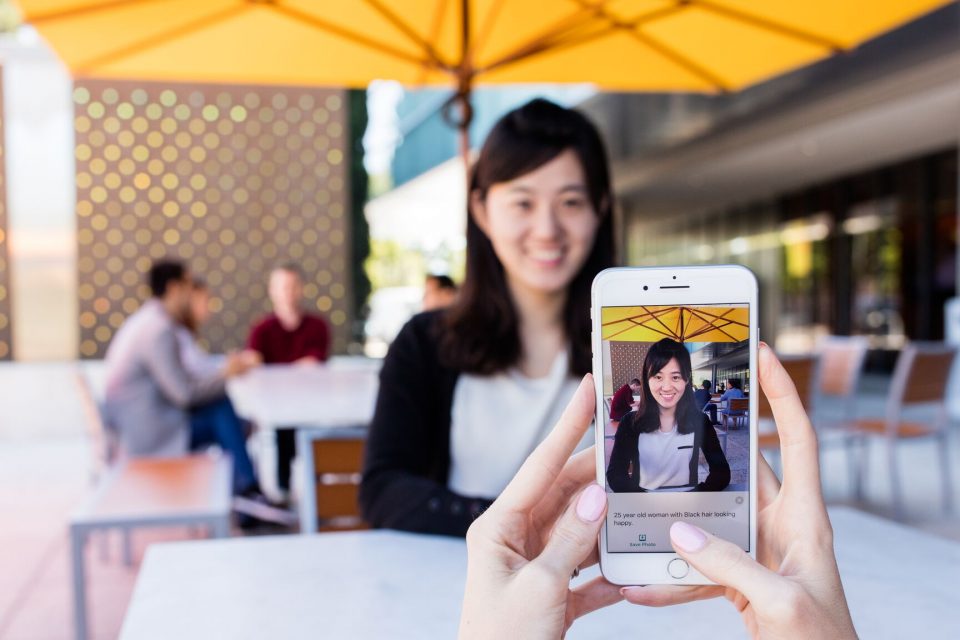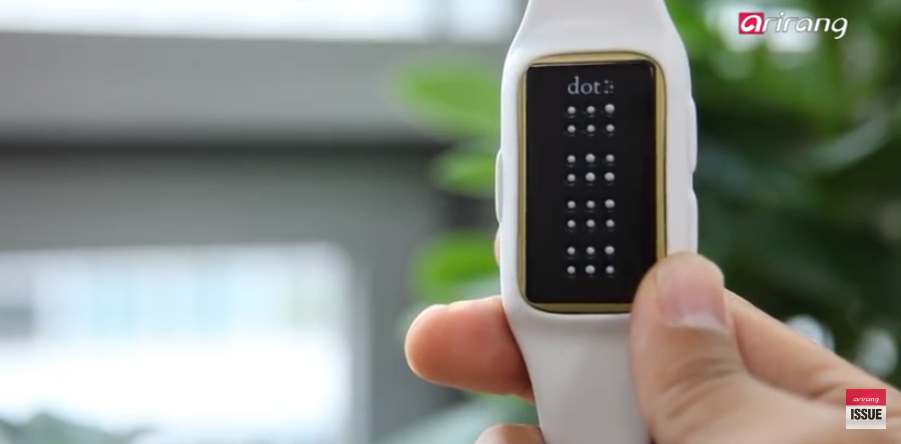Assistive Technology for the Blind: Tools to Transform Lives
Assistive Technology for the Blind: Tools to Transform Lives
Blog Article
Enhancing Lives With Advanced Assistive Devices for the Blind
The assimilation of innovative assistive devices for the blind is transforming how people experience their environments and engage with their areas. What does this evolution imply for the future of assistive technology and its duty in equipping individuals?
Introduction of Assistive Devices
Assistive gadgets for the blind encompass a diverse variety of technologies and tools made to boost independence and improve the high quality of life for people with aesthetic problems. These tools satisfy various requirements, from navigation and mobility to communication and day-to-day task administration.
One of the key classifications of assistive devices includes wheelchair aids, such as white walking canes and overview pet dogs, which help individuals navigate their surroundings securely. Digital travel aids, outfitted with sensing units and audio feedback, likewise play a substantial role in wheelchair improvement.
Furthermore, devices that assist with daily living tasks, such as flexible kitchen devices, Braille tags, and chatting watches, empower people to carry out jobs individually. Interaction aids, including screen readers and Braille screens, facilitate accessibility to info and enable individuals to involve properly with the electronic world.
Additionally, low-tech services like multiplying glasses and large-print materials remain important for numerous customers. Collectively, these assistive devices serve not just as functional tools but also as crucial enablers of freedom, fostering higher participation in a world that typically focuses on sighted experiences. Their combination into day-to-day live is necessary for promoting inclusivity and improving overall well-being for those with aesthetic impairments.
Innovative Technologies in Use
Advancement in technology has actually substantially changed the landscape of tools offered for individuals with aesthetic impairments. Among the most significant advancements are smart glasses incorporated with increased fact, which supply real-time navigating support and item acknowledgment. These gadgets utilize advanced video cameras and artificial intelligence to deliver auditory signs, enhancing the customer's spatial understanding and freedom.
In addition, mobile applications have become effective resources, allowing users to identify money, read message aloud, and navigate unfamiliar environments via verbal guidelines. Tools such as Braille screens and refreshable Braille devices continue to develop, using seamless connection with computers and mobile phones, consequently improving interaction and accessibility to info.
Wearable modern technology, including smartwatches equipped with voice-activated features, further encourages users by facilitating quick access to alerts and informs without calling for visual involvement. Tactile maps and 3D printing are likewise getting grip, supplying tangible depictions of areas that help in orientation and mobility training.
Collectively, these ingenious technologies not just improve the day-to-days live of aesthetically damaged people however also foster greater freedom, inclusivity, and involvement with the wider community, thereby improving perceptions of accessibility. (Voice-activated assistive devices)
Individual Stories of Empowerment
Empowerment commonly arises from personal experiences that highlight the transformative influence of innovation on people with aesthetic disabilities. Take, as an example, the tale of Sarah, a young musician who restored her passion for painting through the use of a clever walking cane furnished with challenge discovery. This gadget not only facilitated her flexibility however instilled a newfound confidence, permitting her to browse public areas individually and seek her innovative undertakings.

These narratives highlight the profound effects that progressed assistive gadgets can have on day-to-day life. By allowing people to overcome obstacles, modern technology promotes a feeling of freedom and self-regard. Such empowerment stories act as a testament to the potential of development, illustrating exactly how the right tools can substantially boost lifestyle and open doors to new opportunities for those with aesthetic disabilities.
Advantages of Advanced Solutions
Just how can progressed services fundamentally improve the lives of people with aesthetic problems? The integration of sophisticated technology into assistive gadgets dramatically transforms day-to-day experiences for those influenced by vision loss. These innovative services supply unmatched autonomy, making it possible for customers check it out to browse their atmospheres with self-confidence. Tools such as clever canes outfitted with sensors, navigation apps, and wearable technology are designed to provide real-time feedback, enhancing spatial understanding and lowering the risks connected with mobility.
Moreover, progressed assistive Visit Your URL innovations promote social addition by assisting in communication and communication. Voice-activated gadgets and applications enable individuals to gain access to information and involve with their environments independently, breaking obstacles that formerly prevented their involvement in academic, professional, and social settings.
Additionally, the personalization and flexibility of these services satisfy the diverse requirements of individuals, consequently boosting their general lifestyle. Boosted functionality, such as things acknowledgment and text-to-speech capabilities, encourages people with aesthetic problems to do tasks that they might have as soon as found challenging. Eventually, advanced assistive technologies not only enhance freedom and security however also advertise dignity and self-regard, permitting individuals to lead satisfying lives.
Future Fads in Assistive Tech
As modern technology proceeds to progress, the landscape of assistive gadgets for the blind is poised for impressive improvements that will better boost availability and freedom. Emerging trends in assistive innovation show a shift towards raised assimilation of synthetic intelligence (AI) and device knowing, making it possible for devices to adapt to private user requires in real-time. These developments are anticipated to help with more instinctive navigating systems that can determine obstacles and offer audio responses, dramatically improving outdoor mobility.
Additionally, the growth of wearable tech, such as smart glasses outfitted with increased truth, will allow individuals to receive contextual info concerning their surroundings, thereby improving their spatial recognition. Developments in haptic innovation promise to develop responsive feedback tools, enabling users to view info with touch, boosting understanding and interaction with their environment.
Telecommunication advancements are also leading the way for remote support options, where qualified professionals can offer guidance through video calls, guaranteeing assistance is readily accessible. As these patterns unfold, the future of assistive devices for the blind will unquestionably cultivate greater autonomy, encouraging individuals to browse their world with Discover More self-confidence and ease.

Conclusion
The combination of sophisticated assistive tools for the blind represents a considerable development in promoting independence and improving lifestyle. By using cutting-edge innovations, these gadgets encourage individuals to navigate their environments with better confidence and freedom. As the field remains to develop, ongoing research and advancement will likely yield also more advanced remedies, further transforming the lived experiences of people with aesthetic problems and promoting a greater sense of inclusion within society.
The integration of sophisticated assistive gadgets for the blind is changing exactly how people experience their surroundings and engage with their communities. The assimilation of innovative technology right into assistive tools considerably transforms daily experiences for those impacted by vision loss.As modern technology proceeds to evolve, the landscape of assistive gadgets for the blind is poised for remarkable advancements that will certainly additionally improve accessibility and self-reliance. Arising patterns in assistive modern technology suggest a change toward raised combination of man-made knowledge (AI) and device understanding, making it possible for tools to adjust to specific user needs in real-time.The assimilation of advanced assistive devices for the blind stands for a substantial innovation in fostering freedom and improving top quality of life.
Report this page